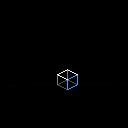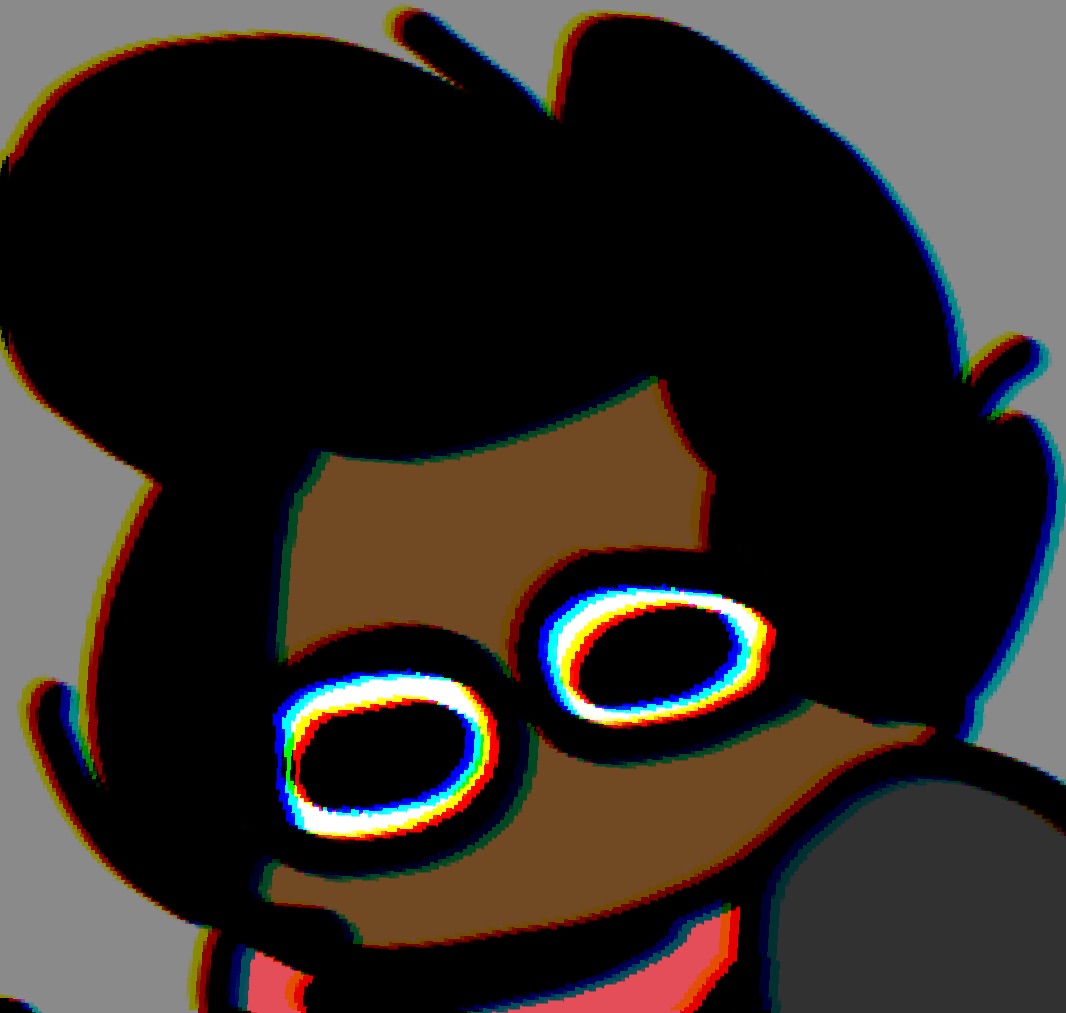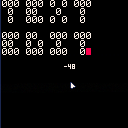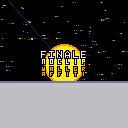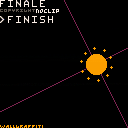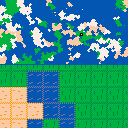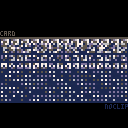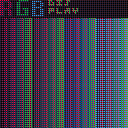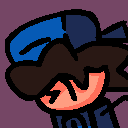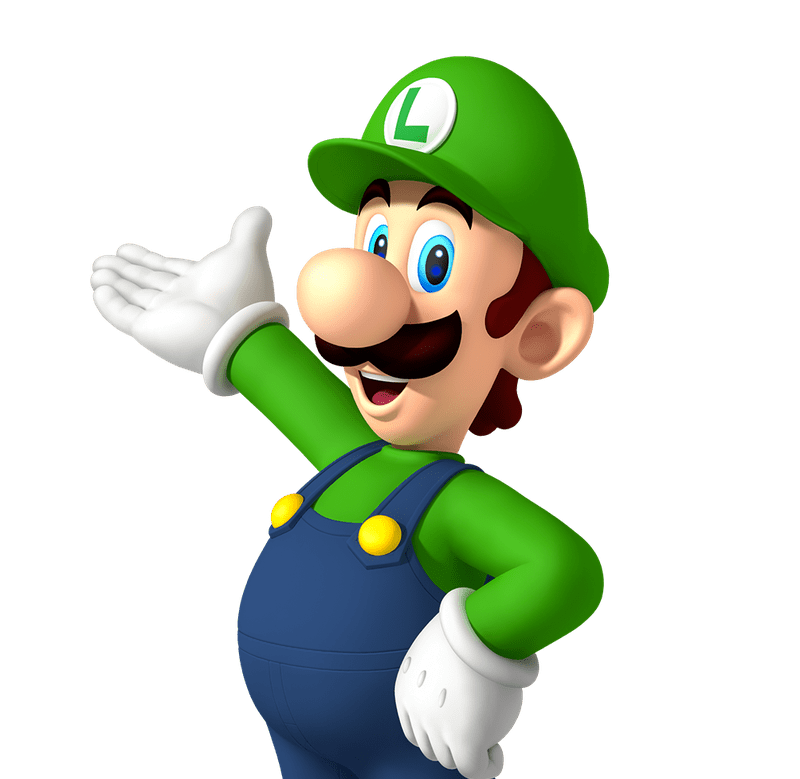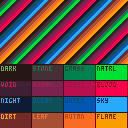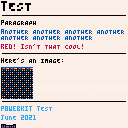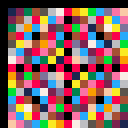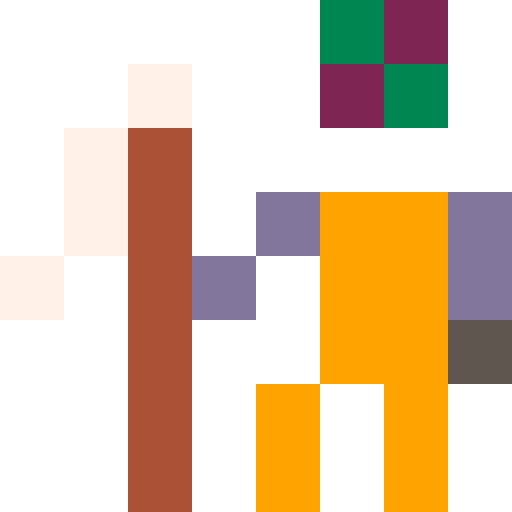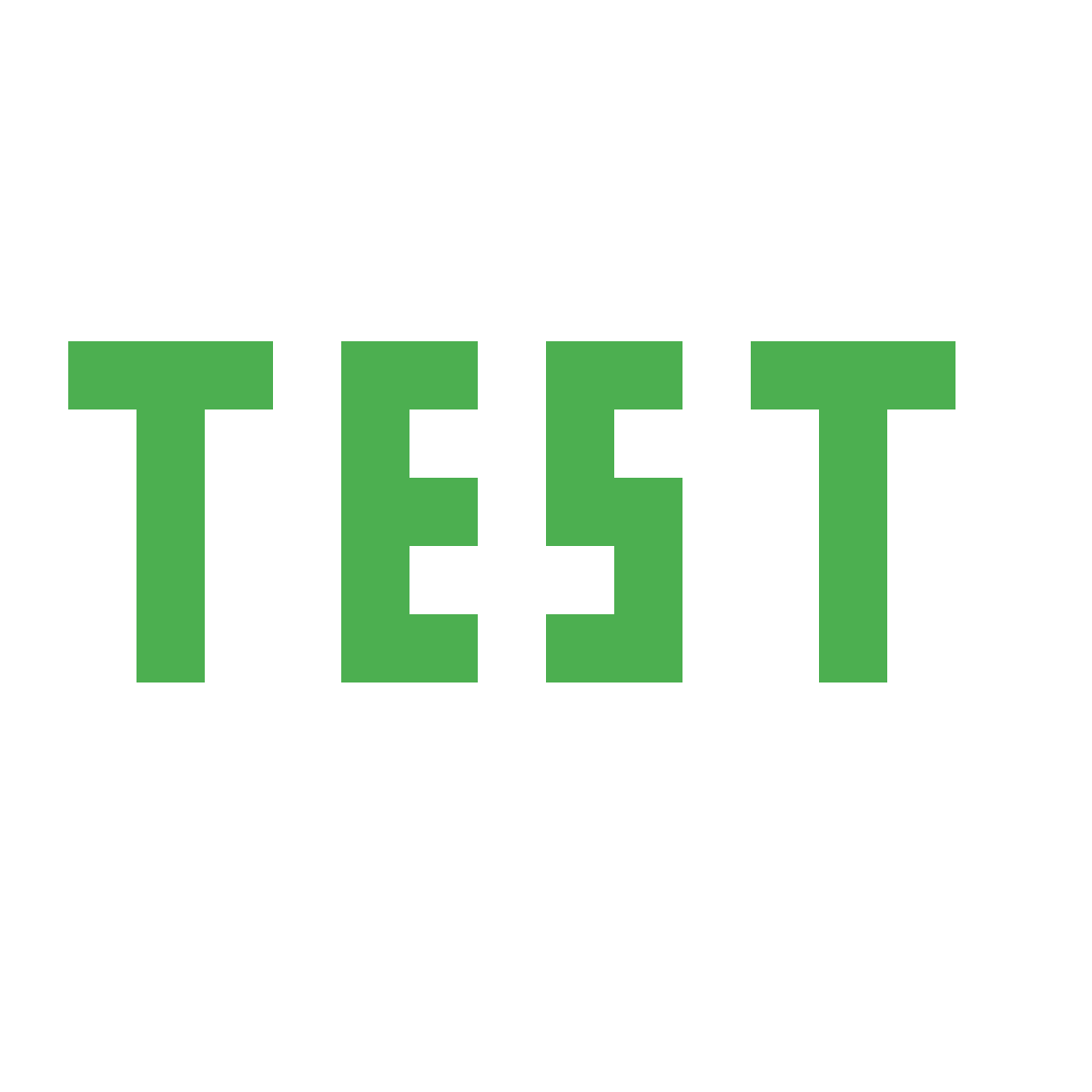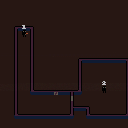Lava Joe is a fun game to play to kill time. Its simple gameplay loop allows you to play it while putting most of your focus on something else, and that's exactly why it's my go-to game to play on the side while doing stuff such as watching YouTube and things like that. However, over time, certain things in the game started to bug me, and while it was fully understandable that the game wasn't the most polished thing in the world as it was made for a game jam, I still had a little voice in me telling me to change it to my likings. And so, recently, I did just that.
The main issue that bothered me was the fact that all enemy types give the same amount of points(50). To me, this makes no sense as the later enemies prove to be quite a pain to deal with before the lava flood gets you. As such, I have modified the system so that starting with the snake, each new enemy would give an extra 25 points for its defeat. So, the little blue guy is still 50 points, the snake is 75, etc.

I'm working on a version of VMap which fits into a Pico 8 Education Edition cartridge (for showing to my computer science class). This, of course, required a significant amount of minification to fit into the encoded 2040 character limit. I did, however, manage to do this with a combination of hand written changes and using Pahammond's GEM. However, when I try to save to @url, it provides me this error:

I may be misunderstanding the way URL saving works, but you can clearly says that it failed, even though the character count is below the limit. Apart from the code (found below), I have a single 24×16px sprite located at sprite 0. I would appreciate if someone could help me out here.
I am working on a productivity suite of sorts for PICO-8, and this is the very early version for the text editor.
The bug comes from scrolling with up and down. To reproduce, do the following:
- Type some text on the top line, press enter
- Type some text on the second line
- Scroll as far down as possible
-
You should see the entire second line.
- Delete all
- Leave top line empty, press enter
- Type some text on the second line
- Scroll as far down as possible again
You should now see that the top two rows of pixels of the second line are not visible.
My code does not measure the length of the text, but the length of the table containing all lines, separated by new line characters. I have tried to debug, but that has not yielded any results.
So, as demonstrated by my recent post, I have finished my Pico-8 album, noclip. Now I want to export all the music from the cartridges. However, the exporter for music only exports one pattern. If you select multiple, it will simply export the one you just clicked on. Are there any tools made by the community which can export all the music from a cart and reconstruct it? Cheers in advance.
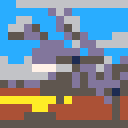
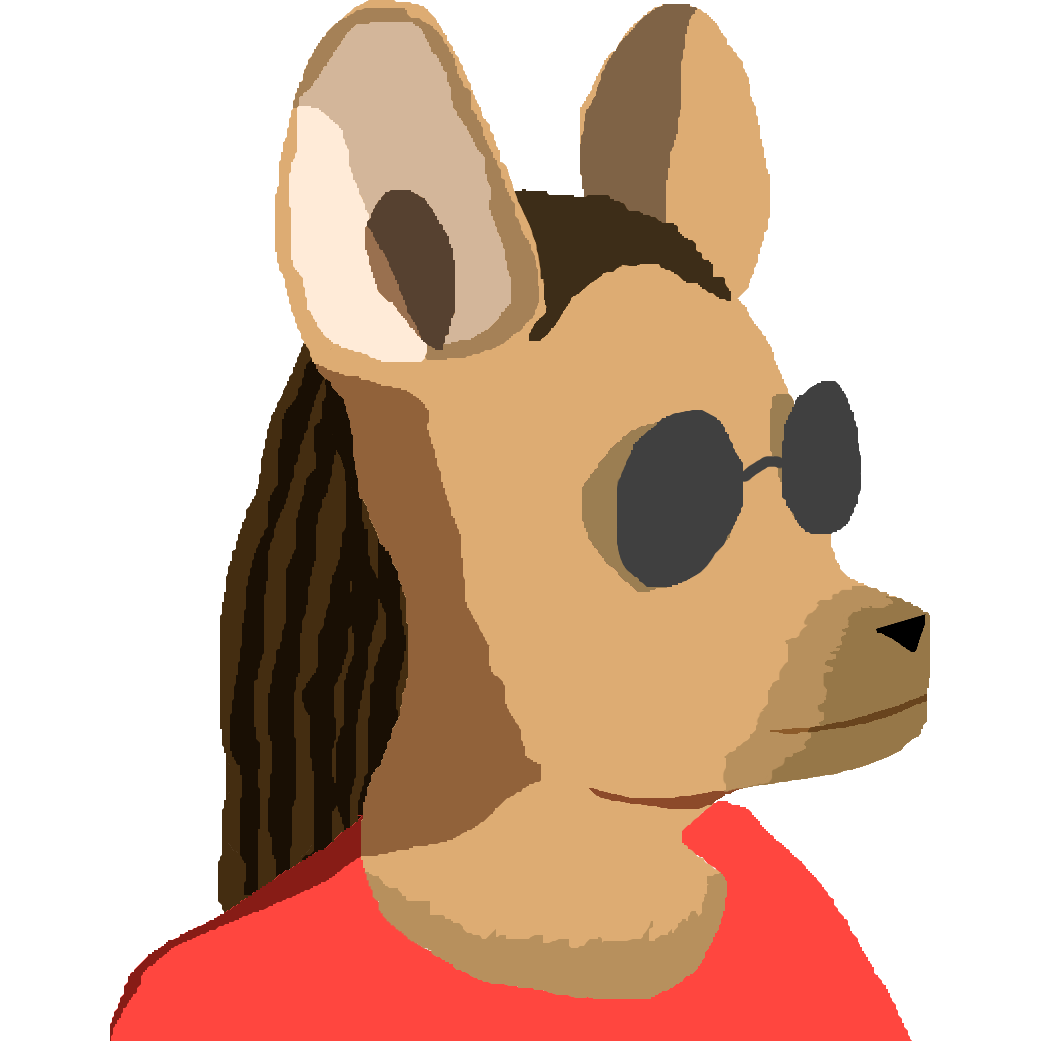
I've decided to have a go at developing a Portal/Portal 2 fangame since I'm a big fan of the series. This is the first public version of that, with most of the core engine code finished.
For those wondering, this takes place in the very, very early version of Aperture Science Innovators back when the facility was essentially a spiced up salt mine (hence the name).
Arrow keys to move, (X) to interact.
Say a player has a way to design a custom painting in a game. This painting should persist between playthroughs, and be stored on the spritesheet.
I know that this should be done via cstore(), but I simply do not understand how.
function painting() -- code for modifying sheet through sset() here -- cstore(A,A,L) end |
What I actually need is the values for A and L.
Cheers in advance.

Decided to make a game about exploring a bunch of islands. Obviously needs a lot of work, but it's a start.
Hold S or (<) P2 to see the map.
Use P1 arrow keys to move.
Hold X or (X) P1 and press any of the P1 arrow keys to place/destroy a platform on water.
To do:
- Add Scenery (e.g. trees, plants, etc.)
- Add crafting + resource management
- Make music
- Make player look not trash
Decided to arrange some of the colours from the 32 colour palette, and this was the result. It consists of four gradients. Every colour has been named by yours truly to give some inspiration to the uses, but you can really use it for anything. If you use this for anything, please comment here! I want to see what you create with the colours.
EDIT: Due to SPLORE attempting to preserve explorer colours to keep visibility, it has sacrificed some of the colours in the label preview on native PICO-8. Not a bug, but I'm saying this just so that people don't get confused.
Long winded explanation:[hidden]
Before I explain exactly what this is and why it exists, I need to explain the history behind it.
Some of you may have seen the (relatively small amount of) attempts to implement a BBS-type system by taking advantage of the General Use Memory region and it not being cleared by load(). It fascinated me when I first came across it, but I eventually forgot.
Recently, I came back to the concept with a new idea: static web pages. General use memory can contain 4864 32-bit numbers if not using the custom font, which is more than plenty for a page written in a simplified markup language. We can take that even further if we use the breadcrumb string passed to carts through load().
The first step for me was designing the simplified markup language. I decided on something I call PPML, Portable Pico Markup Language. The syntax is the following:
tagname> tag content |
A paragraph, for example, would look like this:
p> This is a paragraph |
I decided this was suitable and moved on to the next part.
This next part was the renderer for the PPML. This is what you see in the above cartridge, displaying a demo page. The renderer consisted of a list of tags with rendering functions, a Global Render table and a Frame Render table. The Global Render contained persistent stuff like the background colour, while the Frame Render contained things like the cursor position for text. This then took the PPML, contained in the first tab, and processed it into a table for easy use. The _draw() function then simply looped through this content table, calling the tag render functions with the necessary arguments.
It's a simple method, but works pretty well.
The next step would be the networking; loading the cartridge, processing the data it left in General Use Memory and converting it into usable PPML. Then that can be fed into the renderer, and you can see the page.
Of course, this renderer is a proof-of-concept prototype. A lot more tags still need to be added and hopefully a very simple scripting language.
When all this is done, I hope to have a fully functioning browser which would let you browse the PicoWeb and maybe play some small games on Newgrounds-esque sites. But, we can only hope.
Feel free to leave feedback on the renderer/game plan!
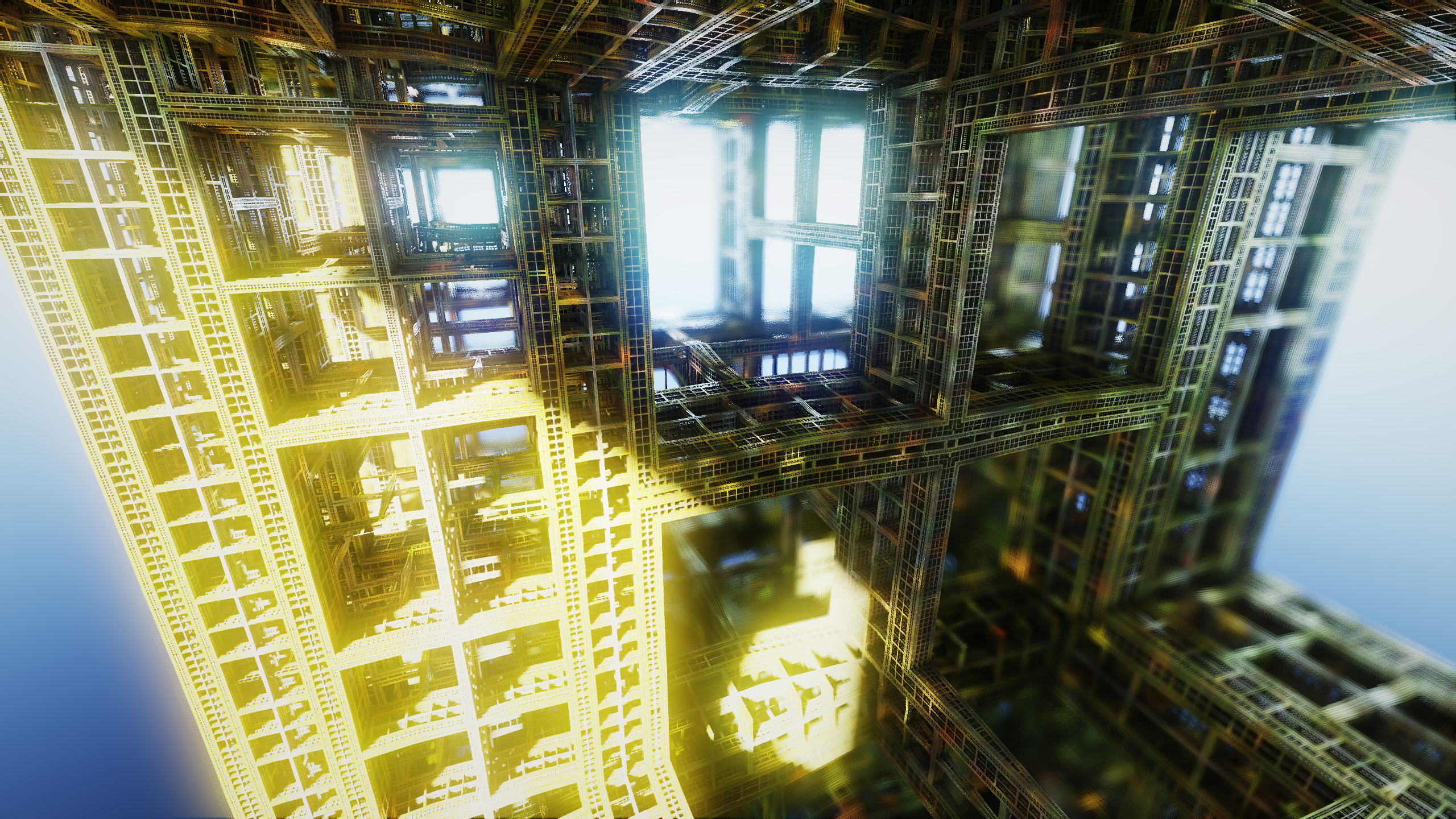
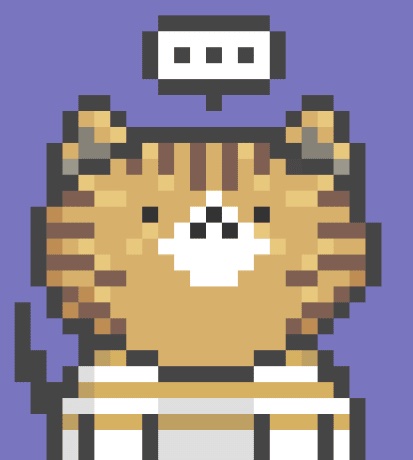
I decided to make a simple class implementation. Here's what I managed to come up with:
function class(c)
name=c[1]
_𝘦𝘯𝘷[name]=function(...)
local initargs={...}
local obj={___fnccore={}}
for k,f in pairs(c)do
if type(f)=='function'then
obj.___fnccore[k]=f
obj[k]=function(...)
obj.___fnccore[k](obj,...)
end
end
end
obj.__init__(unpack(initargs))
return obj
end
end |
The (preferred) syntax to use this with looks like this:
class { 'classname'
__init__=function(self,args)
-- Stuff goes here --
end,
-- Other functions here with "self" or something like that as the first argument --
} |
Here's an example:
class { 'printer',
__init__=function(self,a,b)
self.a=a
self.b=b
end,
thing=function(self,c)
print(self.a..self.b..c)
end
}
test=printer('one ','two')
test.thing(' three') |
The output for the above would be:
one two three |
Here is the cartridge containing the above example:
So, as most of us know, .p8 cartridges consist of sections. lua,gfx,map, etc etc. Well, I found this other section named gff. I just wanted to know what it did, since it doesn't seem to directly correlate to anything you can edit. I'm just asking since I'm making a cart generator in Python so I need to know if gff is an important memory region.









 4 comments
4 comments
